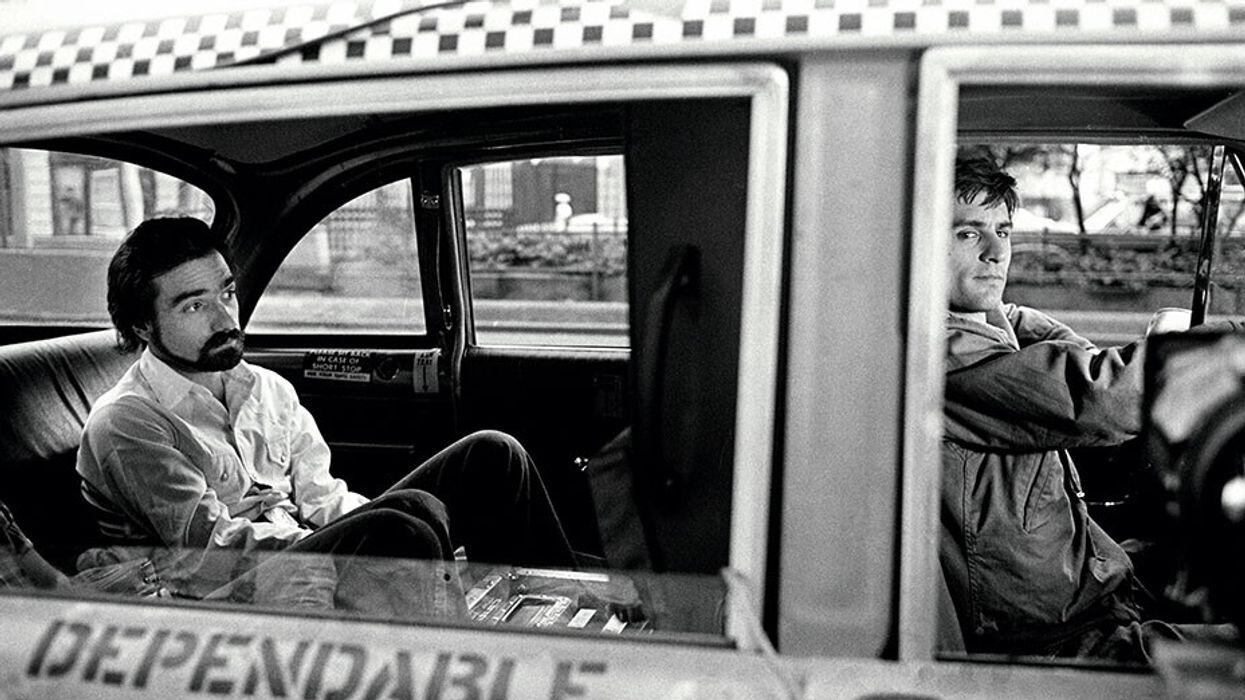Martin Scorsese was born in New York City. He went to film school in New York City. 13 of his 25 features take place in New York City. To say the city that raised him is merely an influence on his work is to discredit its role in the auteur's artistic process.
Where this process starts is perhaps best described in a remark Scorsese gave concerning Gangs of New York: “In a sense, this film represents a foundation upon which my other movies are based. The nation was still in the process of being born. And it happened that that birth took place in New York City.”
For Scorsese, New York City is never just a backdrop.
For Scorsese, New York City is never just a backdrop. It is a location that propels the protagonist to action. It is a place of opportunity, where they feed off the city’s boundless openings to attain their desires. Each of these desires leads to different paths and views of the city itself.
A new video essay by Leah Singer for Sight & Sound illustrates just how vital the relationship between character and location has been for Scorsese throughout the entire canon of his work.
Nowhere is this relationship more visible or effective than in Scorsese's films that take place in New York City. Take Taxi Driver, for example. As Travis Bickle’s alienation gets worse, he projects his paranoia onto the outside world. In effect, the entire mood of the film shifts into what Scorsese has described as "Gothic Horror."
As Singer says, "the interior world is mapped onto the exterior." New York City is a subjective, psychological space where the inner demons of Scorsese's protagonists play out.
In that sense, the location is malleable; it takes the form of the protagonist's perception of it. Whether it's "the deluded vanity of would-be comedian Rupert Pumpkin" in The King of Comedy, "the clouded vengeance of prodigal son Amerstdam Vallon" in Gangs of New York, "the masochistic violence of Jake La Motta" in Raging Bull, or "the unfettered greed of broker Jordan Belfort" in The Wolf of Wall Street, the character traits explicitly connect the protagonist to the location.
Scorsese does not merely create a nostalgic portrait of his native city; he uses the location as a mirror of the protagonist himself.
Source: Sight & Sound












